Eating without guilt is a dream come true for many. Discover 25 foods you can enjoy freely without worrying about weight gain, plus 10 that can boost your metabolism.
This list is your go-to guide for healthy, flavorful, and metabolism-friendly eating!
1. Celery
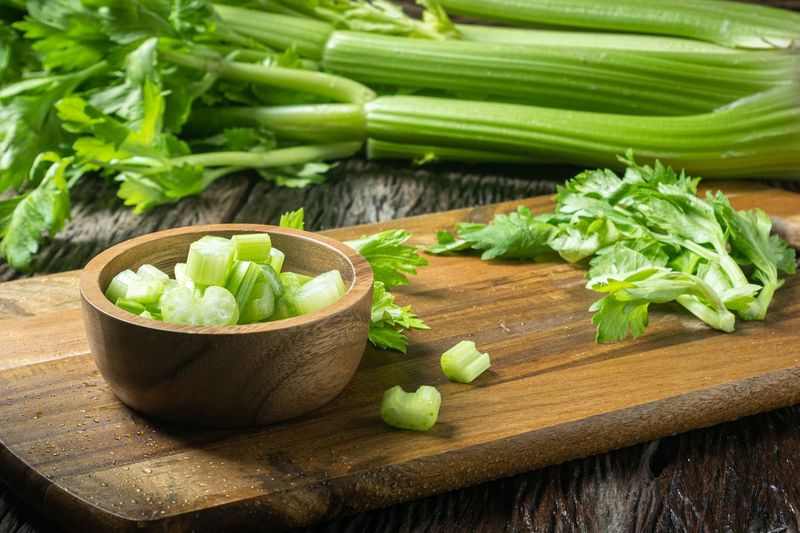
Crunchy and refreshing, celery is the ultimate low-calorie snack. With its high water content, it leaves you feeling full and satisfied. Perfect for dipping in hummus or peanut butter, celery is versatile and easy to incorporate into your diet.
Not only is celery low in calories, but it also requires more energy to digest than it provides. This makes it an excellent choice for those looking to manage their weight while enjoying delicious snacks.
Historically, celery was used as a medicinal plant, believed to bring good fortune and purification. Today, it remains a staple in many healthy diets around the world.
2. Cucumbers
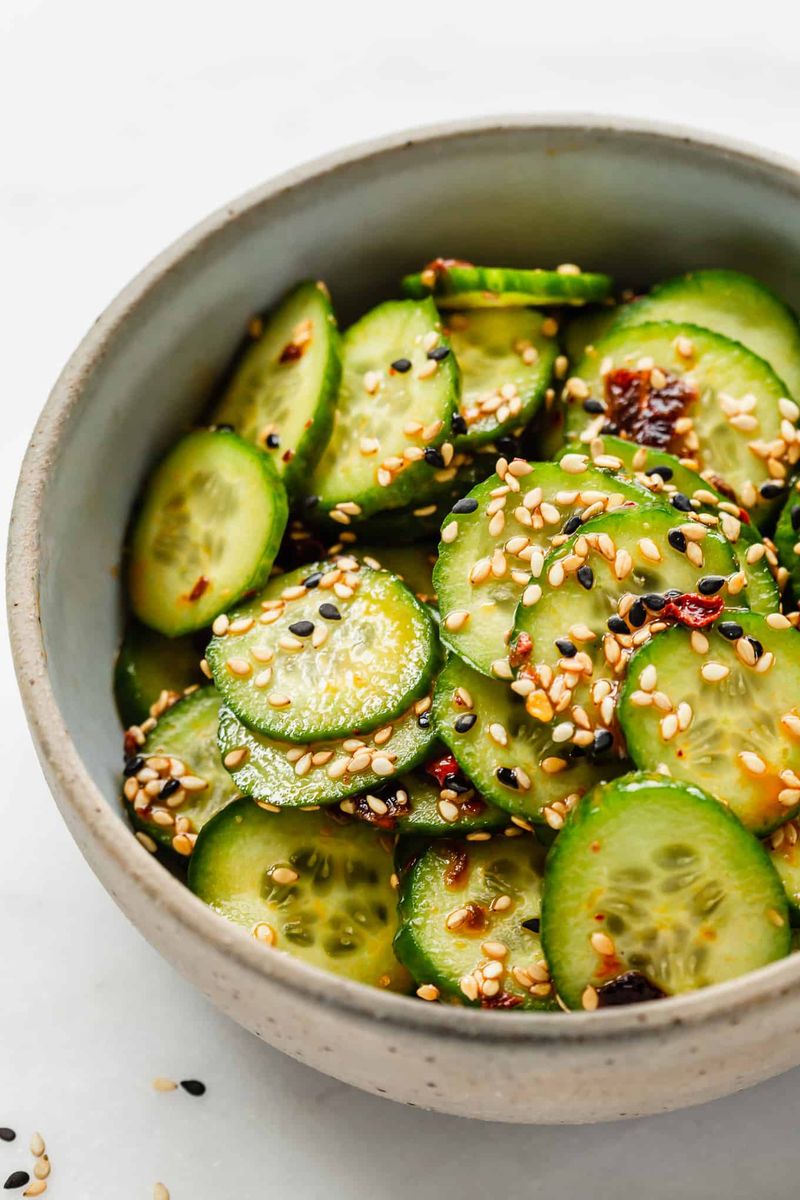
Cool, crisp, and hydrating, cucumbers are a refreshing choice for any meal. With 95% water content, they are perfect for staying hydrated and are incredibly low in calories.
Cucumbers are not just a salad staple; they can be enjoyed as a snack or even pickled for a tangy twist. Add them to your water for a refreshing drink that aids digestion and keeps you feeling full longer.
Fun fact: Cucumbers are believed to have originated in South Asia, and their cooling properties have been cherished for centuries.
3. Lettuce
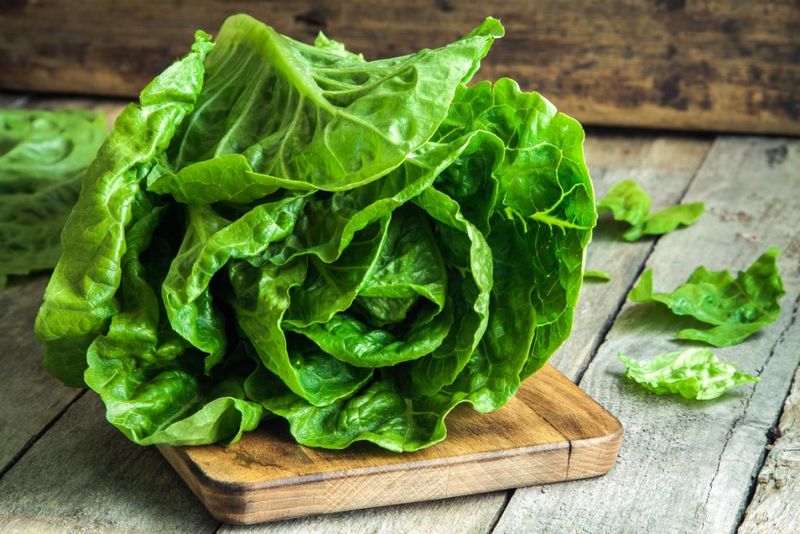
Lettuce is a leafy green that packs a punch when it comes to nutrition. It’s a versatile ingredient in salads, wraps, and sandwiches, offering a crisp texture and mild flavor that complements any dish.
With its low-calorie content, lettuce is a great choice for those looking to maintain or lose weight. It’s rich in vitamins A and C, providing essential nutrients while keeping your meals light and refreshing.
Did you know? Lettuce was first cultivated by the ancient Egyptians, who considered it a symbol of fertility and renewal.
4. Tomatoes
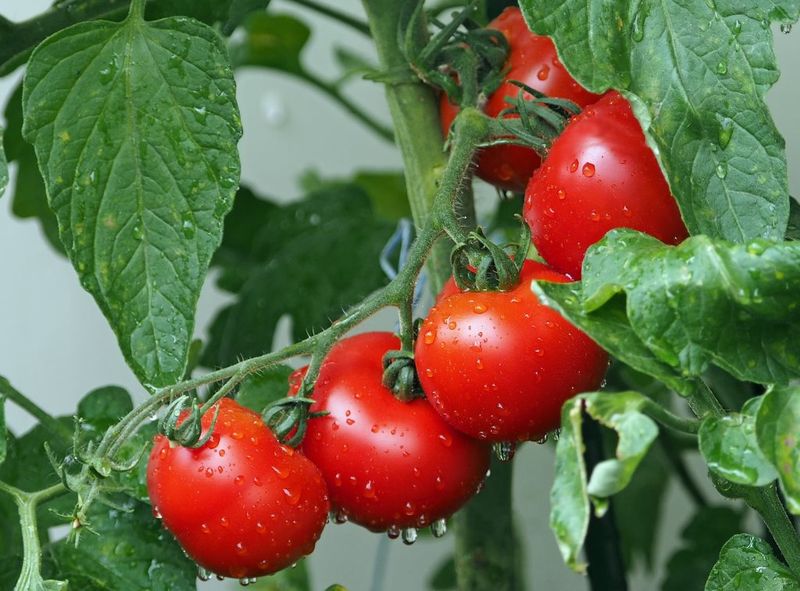
Juicy and vibrant, tomatoes are a delightful addition to any dish. They’re packed with vitamins and antioxidants, making them as nutritious as they are delicious.
Tomatoes are versatile; add them to salads, sandwiches, sauces, or enjoy them fresh with a sprinkle of salt and pepper. Their natural sweetness and acidity make them a favorite in cuisines worldwide.
Native to western South America, tomatoes have a rich history and were once considered poisonous in Europe. Now, they’re a beloved staple in kitchens everywhere.
5. Zucchini
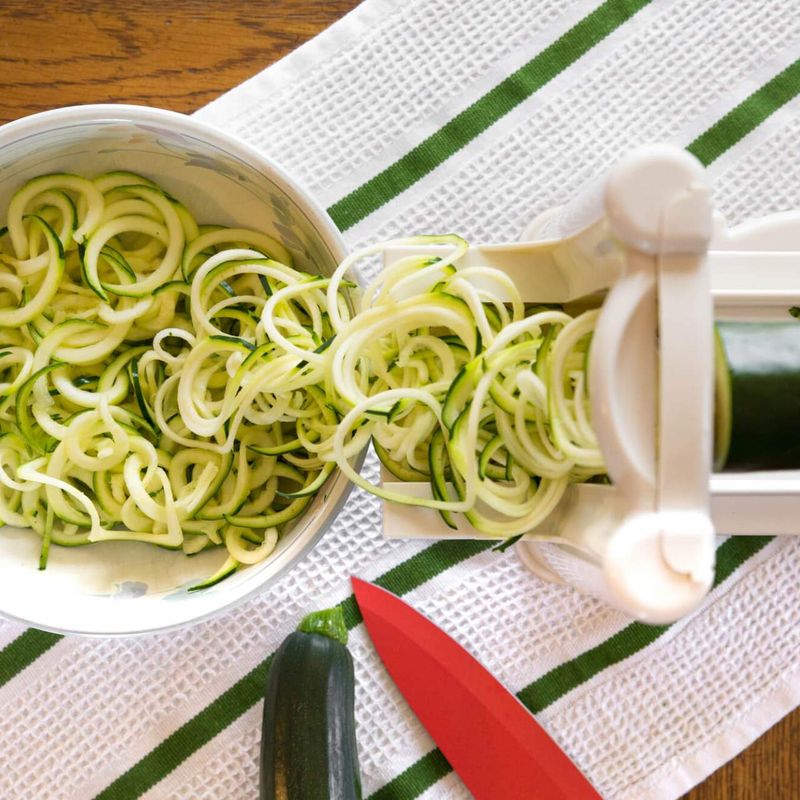
Zucchini offers a mild flavor and tender texture, making it a fantastic addition to a variety of dishes. It’s low in calories and high in fiber, which helps keep you full and satisfied.
Use zucchini in salads, stir-fries, or even spiralize it into noodles for a healthy pasta alternative. Its versatility is unmatched, and it absorbs flavors beautifully.
Did you know? Zucchini is technically a fruit and belongs to the same family as melons and cucumbers.
6. Carrots

Sweet and crunchy, carrots are not only tasty but also incredibly nutritious. They’re packed with beta-carotene, which is converted into vitamin A, essential for good vision and immune function.
Carrots can be enjoyed raw, roasted, or even juiced. Their natural sweetness makes them a popular snack for both kids and adults looking for a guilt-free treat.
Interestingly, carrots were originally purple, and the orange variety we know today was developed in the Netherlands as a tribute to the House of Orange.
7. Broccoli
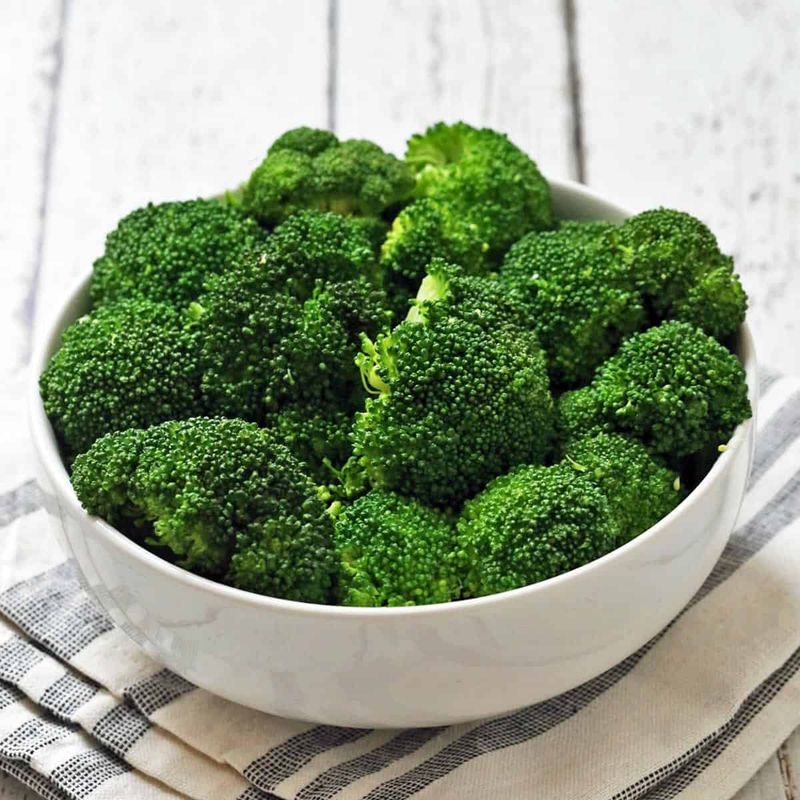
Broccoli is a powerhouse of nutrients, offering fiber, vitamins, and minerals in every bite. Its slightly bitter taste and crunchy texture make it a versatile vegetable in many cuisines.
Steam it, roast it, or stir-fry it; broccoli retains its nutritional value and adds a vibrant green hue to your plate. Pair it with cheese, lemon, or garlic for added flavor.
Did you know? Broccoli was first cultivated in Northern Italy during the Roman Empire, and it remains a staple in Italian cooking today.
8. Cauliflower

Cauliflower is a versatile and nutrient-rich vegetable that can be transformed into a variety of dishes. Its mild flavor allows it to be used as a substitute for high-carb foods like rice or potatoes.
Roast it, mash it, or enjoy it raw; cauliflower is an excellent choice for those looking to manage their weight without sacrificing taste.
Fun fact: Cauliflower comes in several colors, including purple, green, and orange, each offering unique nutritional benefits.
9. Bell Peppers
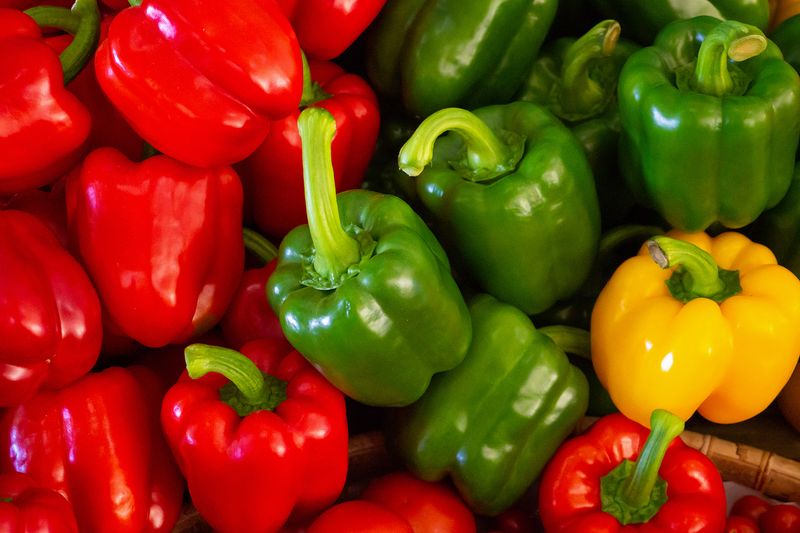
With their vibrant colors and crisp texture, bell peppers are a delightful addition to any meal. They’re low in calories but rich in vitamins, especially vitamin C, making them a nutritional powerhouse.
Whether eaten raw, roasted, or stuffed, bell peppers add a sweet and tangy flavor to dishes. They’re perfect for snacking or adding a pop of color to salads and stir-fries.
Did you know? Bell peppers are also called “sweet peppers,” and the different colors represent various stages of ripeness.
10. Spinach
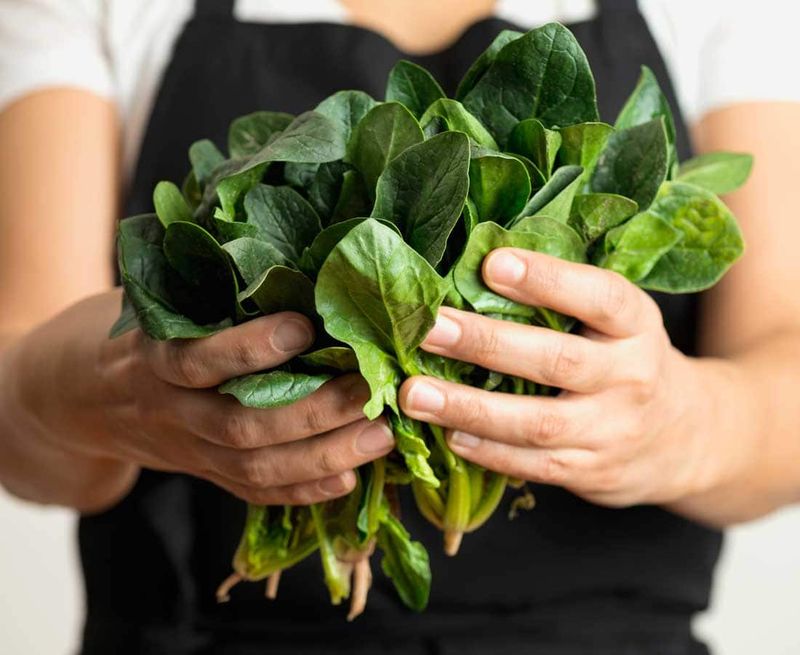
Packed with nutrients, spinach is a leafy green that offers a mild and slightly sweet flavor. It’s rich in iron, calcium, and vitamins, making it an essential part of a balanced diet.
Add spinach to salads, smoothies, or sauté it as a side dish. Its versatility and nutritional benefits make it a favorite among health-conscious eaters.
Did you know? Spinach was first cultivated in Persia, and it was popularized in the Western world by Catherine de Medici, who brought it to France in the 16th century.
11. Radishes
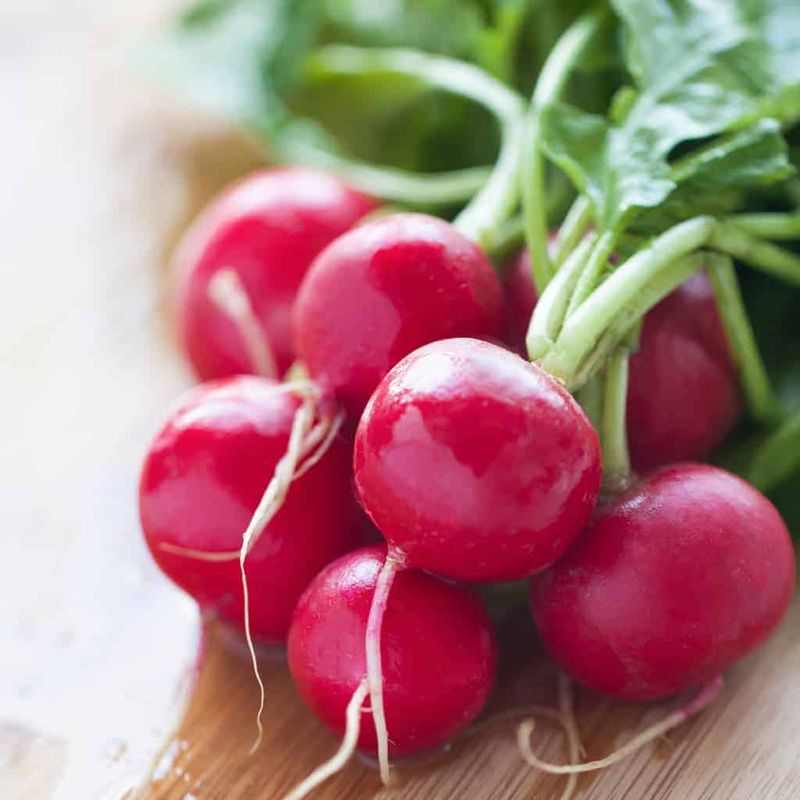
Radishes bring a peppery crunch to your plate, making them an exciting addition to salads and sandwiches. They’re low in calories and packed with vitamin C and other antioxidants.
Besides their unique flavor, radishes are known for their digestive benefits, helping to cleanse the liver and stomach. They can be eaten raw, pickled, or roasted for a different taste experience.
Historically, radishes were cultivated in Europe and Asia, and they were once used as currency in ancient Egypt.
12. Kale
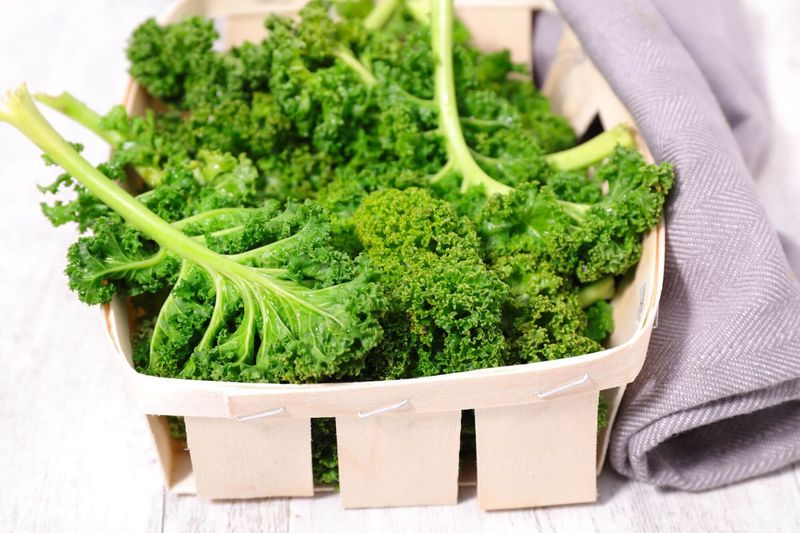
Kale is the king of leafy greens, known for its robust flavor and impressive nutritional profile. It’s rich in vitamins A, C, and K, as well as antioxidants and fiber.
Enjoy kale raw in salads, bake it into chips, or add it to soups for a nutrient boost. Its versatility and health benefits make it a staple in many health-conscious households.
Did you know? Kale has been cultivated for over 2,000 years and was a staple food in ancient Rome.
13. Asparagus
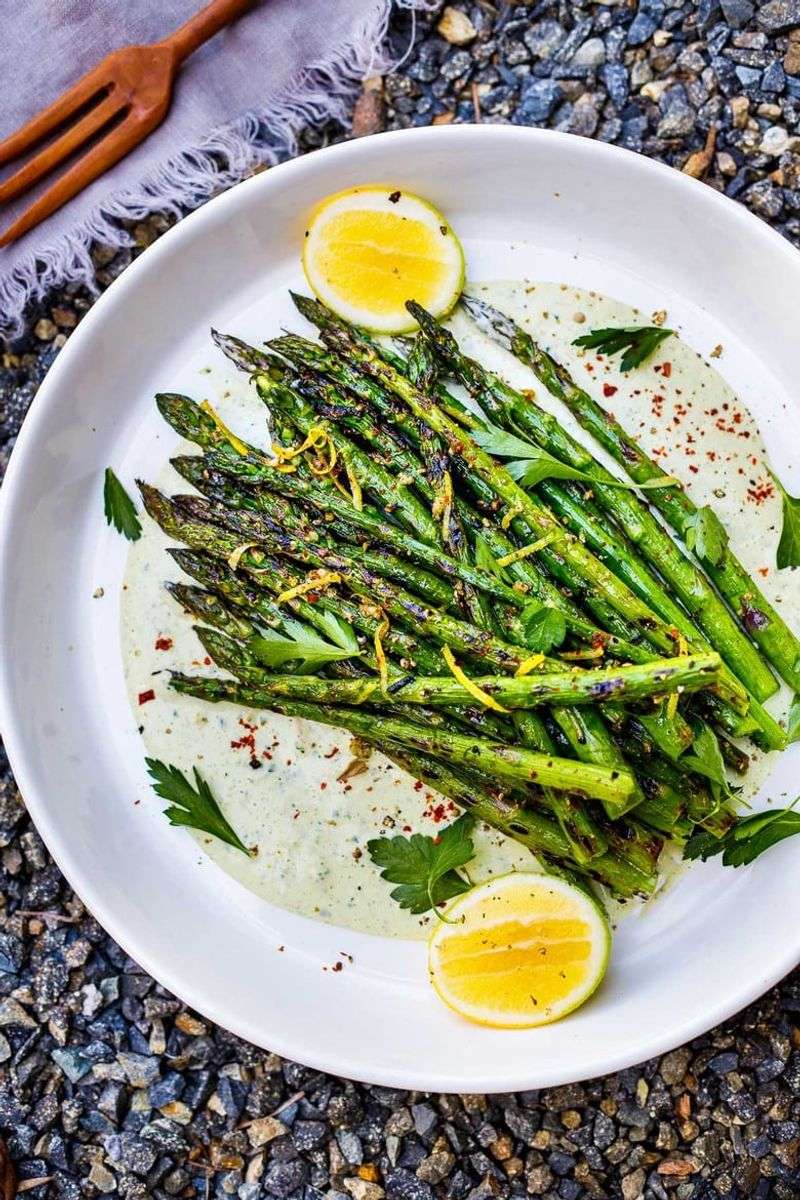
Asparagus is a spring vegetable known for its unique flavor and tender texture. It’s low in calories and high in vitamins A, C, and K, making it a healthy addition to any meal.
Whether grilled, steamed, or roasted, asparagus is a delicious side dish that pairs well with a variety of flavors. Its mild, slightly nutty taste complements both meats and plant-based dishes.
Fun fact: Asparagus has been cultivated for over 2,000 years and was highly prized by ancient Romans and Egyptians.
14. Green Beans
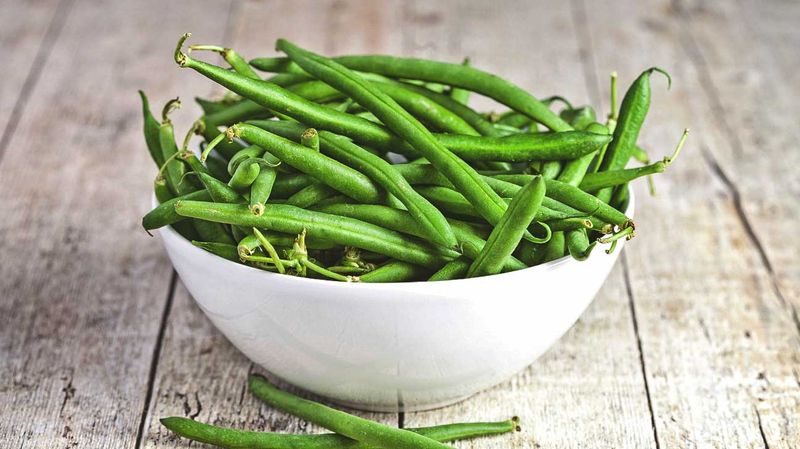
Green beans are a classic vegetable that offers a delightful crunch and mild flavor. They’re low in calories and packed with vitamins, fiber, and antioxidants.
Whether steamed, roasted, or sautéed, green beans make a versatile side dish that complements any main course. They’re also great in casseroles or salads, adding color and texture.
Did you know? Green beans, also known as snap beans, originated in Central and South America and have been cultivated for thousands of years.
15. Eggplant
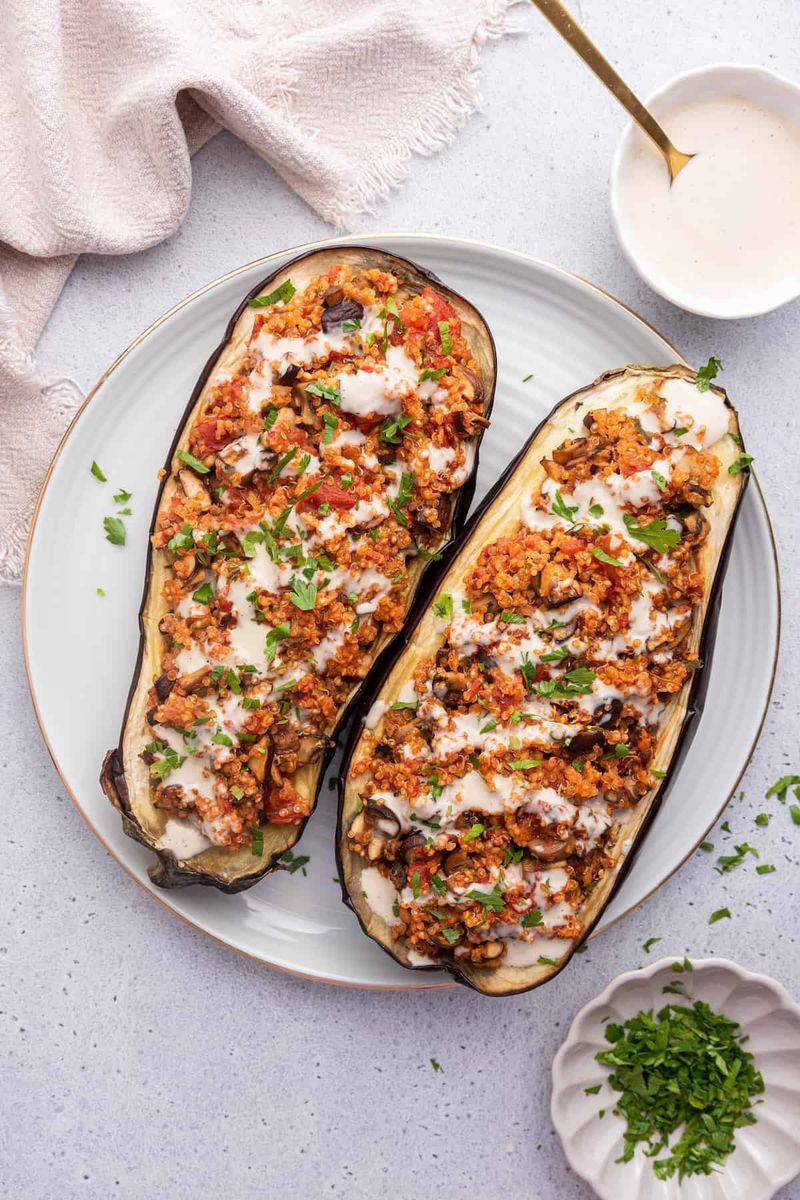
Eggplant, also known as aubergine, is a versatile vegetable with a unique flavor and texture. Its spongy flesh absorbs flavors beautifully, making it a favorite in many cuisines.
Roast it, grill it, or use it in casseroles; eggplant is low in calories and rich in fiber, making it a great choice for weight management. Its deep purple color adds visual appeal to any dish.
Fun fact: Eggplants belong to the nightshade family, which includes tomatoes and potatoes, and were once thought to cause madness in Italy.
16. Brussels Sprouts
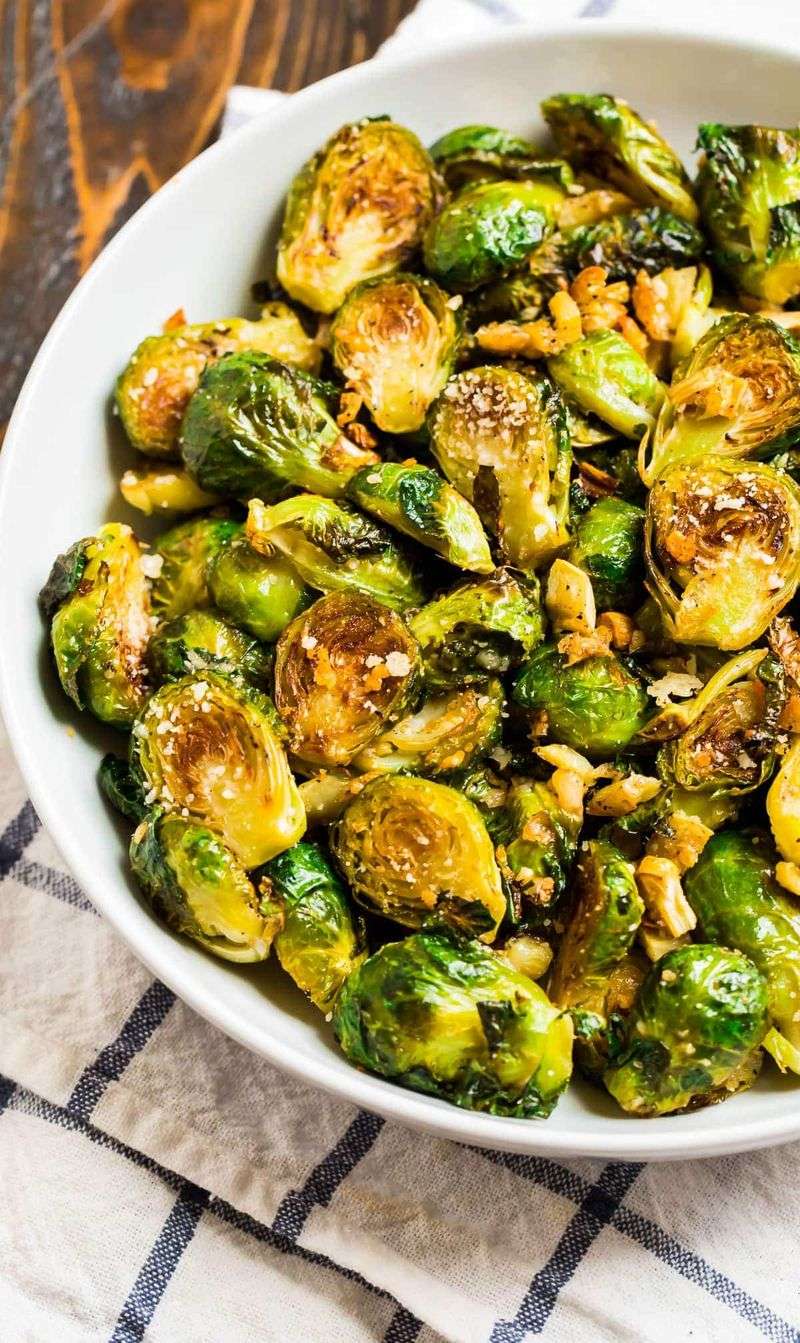
Brussels sprouts are miniature cabbages that pack a nutritional punch. They’re high in fiber, vitamins, and antioxidants, making them a healthy addition to any meal.
Roast them for a caramelized flavor, or steam them for a tender texture. Brussels sprouts are a versatile side dish that complements a variety of main courses.
Did you know? Brussels sprouts were first cultivated in Belgium, hence their name, and have been enjoyed in Europe since the 16th century.
17. Cabbage
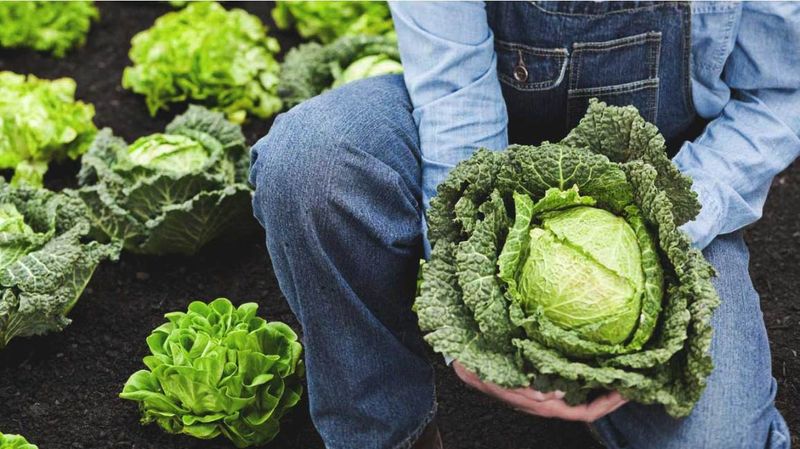
Cabbage is a versatile and budget-friendly vegetable that can be used in a variety of dishes. It’s low in calories but high in nutrients, including vitamins C and K.
Enjoy cabbage raw in salads or coleslaw, or cook it in soups and stir-fries for a hearty meal. Its mild flavor and crunchy texture make it a popular choice for many cuisines worldwide.
Fun fact: Cabbage has been cultivated for over 4,000 years and was a staple food in ancient Greece and Rome.
18. Mushrooms
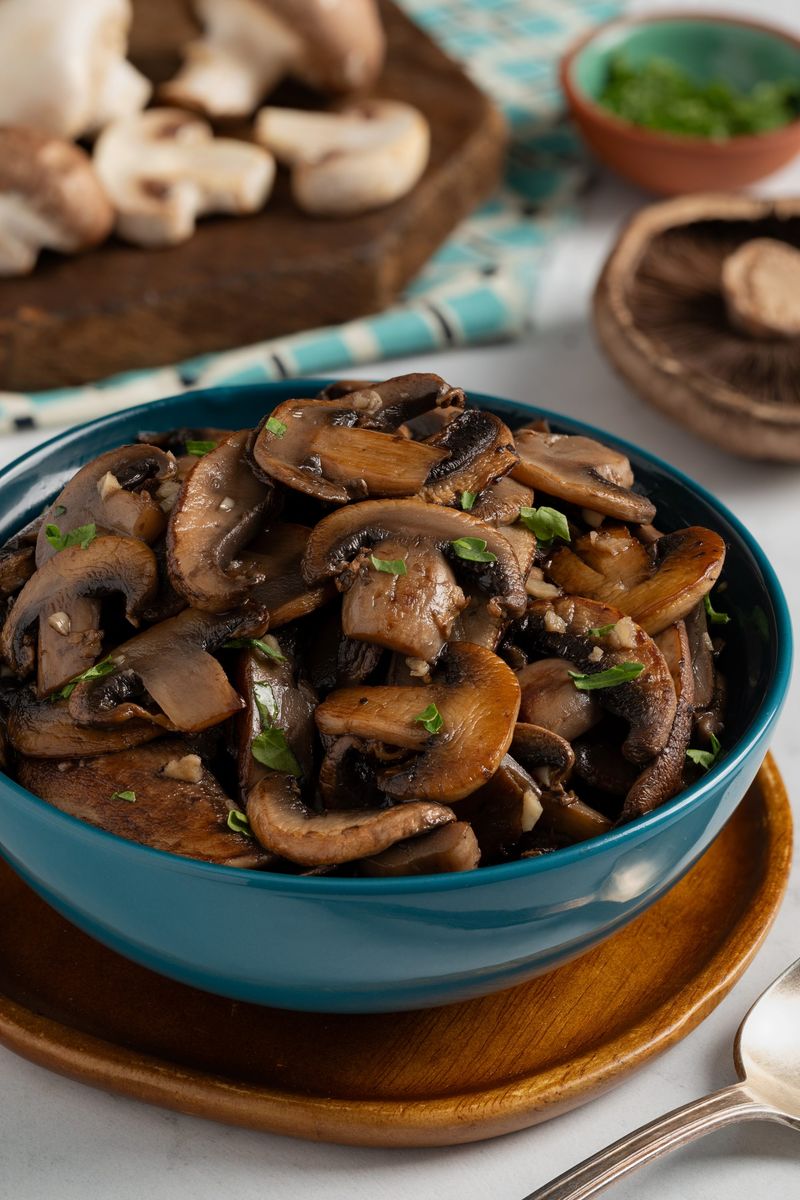
Mushrooms offer a unique umami flavor that enhances any dish. They’re low in calories and rich in vitamins, minerals, and antioxidants.
Whether grilled, sautéed, or added to soups, mushrooms add depth and complexity to your meals. They’re also a great meat substitute for vegetarians and vegans.
Did you know? Mushrooms are technically fungi, not vegetables, and have been used in traditional medicine for centuries.
19. Berries
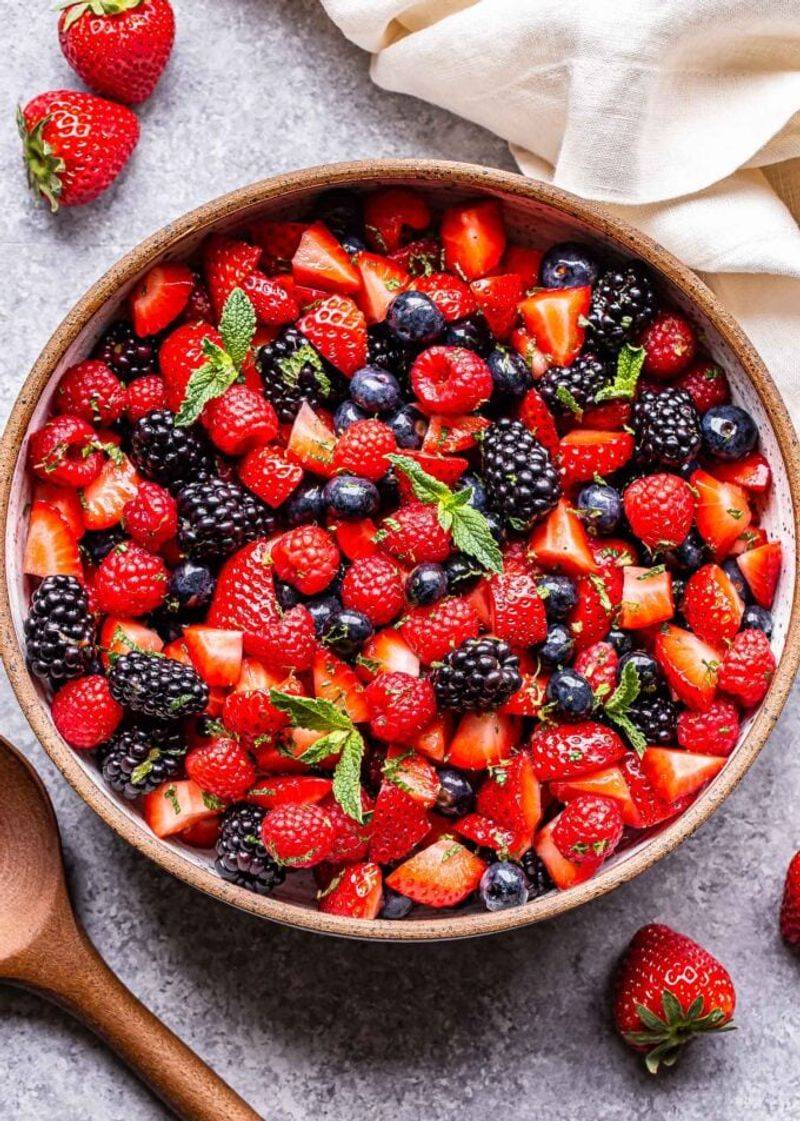
Berries are nature’s candy, offering a burst of sweetness with every bite. They’re low in calories but packed with antioxidants, vitamins, and fiber.
Enjoy berries fresh, in smoothies, or as a topping for yogurt and desserts. Their vibrant colors and juicy flavors make them a favorite among all age groups.
Fun fact: Berries have been consumed by humans since prehistoric times and are one of the most ancient cultivated fruits.
20. Apples
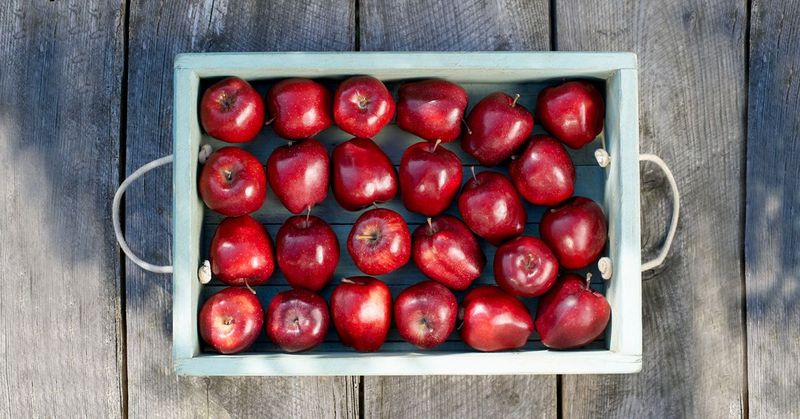
An apple a day keeps the doctor away, or so the saying goes. Apples are a delicious and portable snack that is low in calories and high in fiber and vitamin C.
Enjoy them fresh, baked, or as applesauce; their natural sweetness makes them a popular choice for desserts and snacks. Apples come in various colors and flavors, offering something for everyone.
Did you know? Apples are the most widely cultivated fruit globally and have been enjoyed for thousands of years.
21. Oranges
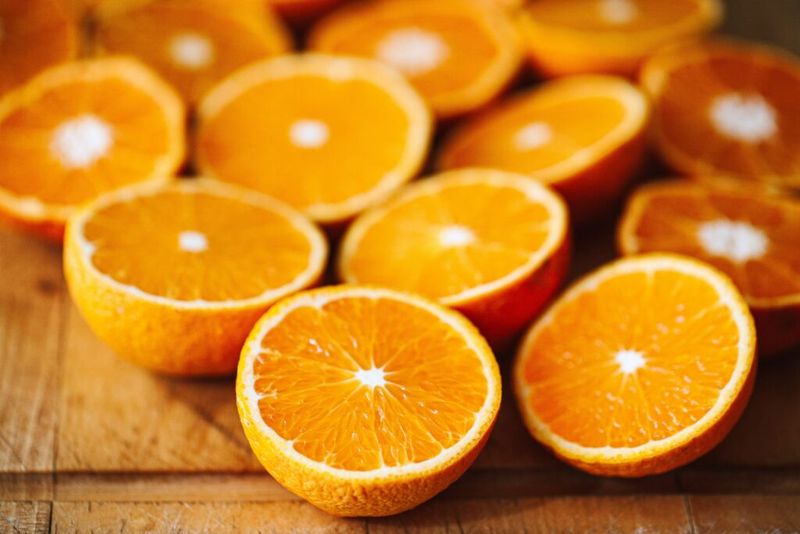
Oranges are a juicy and refreshing fruit packed with vitamin C, fiber, and antioxidants. They’re a great snack for boosting your immune system and keeping you hydrated.
Enjoy oranges fresh, juiced, or as part of a fruit salad. Their natural sweetness and tangy flavor make them a favorite among citrus lovers.
Fun fact: Oranges originated in Southeast Asia and have been cultivated for over 4,500 years.
22. Grapefruit
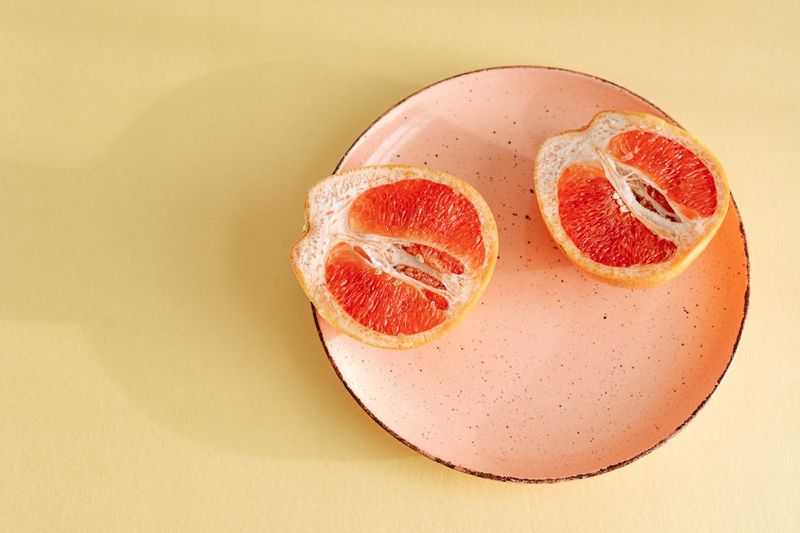
Grapefruit is a tangy and refreshing fruit known for its metabolism-boosting properties. It’s low in calories and high in vitamins, making it a great choice for weight management.
Enjoy grapefruit fresh, as juice, or in salads for a zesty kick. Its unique flavor and health benefits make it a popular choice for breakfast or a snack.
Did you know? Grapefruit is a hybrid fruit, developed in the 18th century by crossing a pomelo and a sweet orange.
23. Peppers
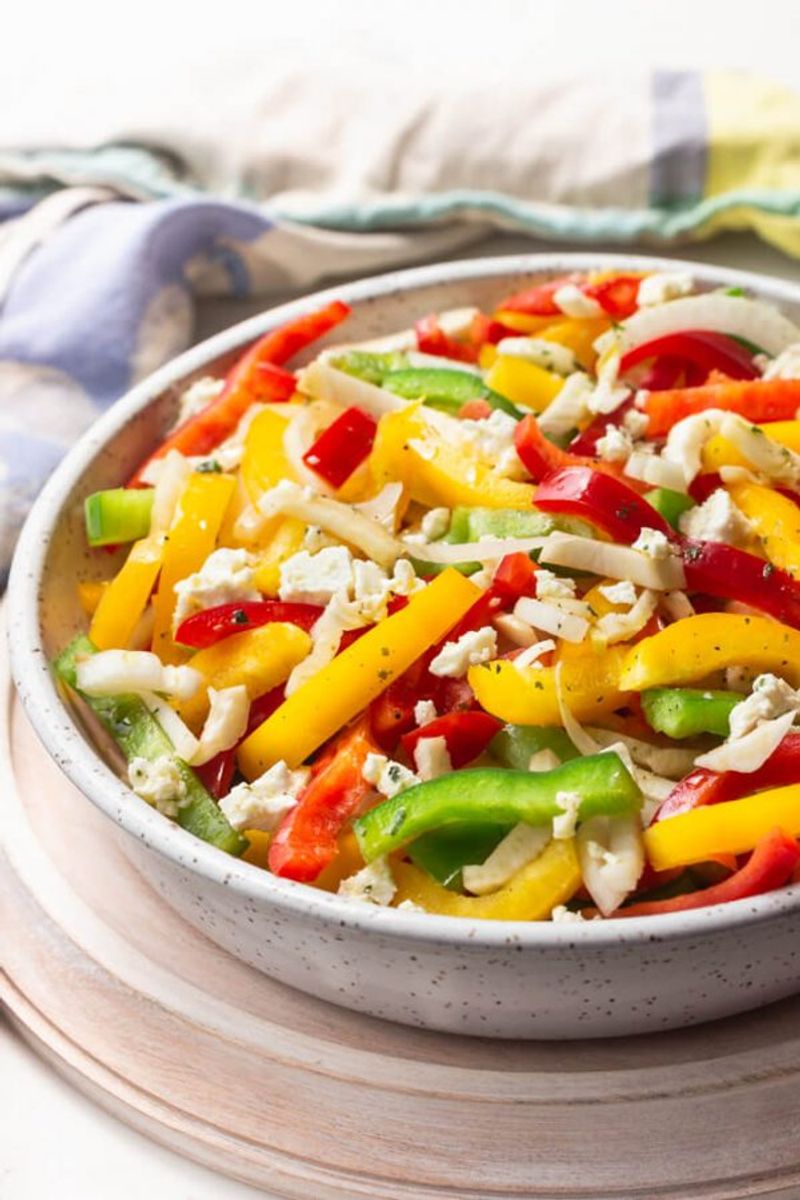
Peppers, whether sweet or spicy, add flavor and color to any dish. They’re low in calories but rich in vitamins, especially vitamin C.
Sweet peppers can be enjoyed raw, roasted, or stuffed, while spicy peppers add heat to sauces and dishes. Both types are popular in cuisines worldwide.
Did you know? The heat in peppers is measured in Scoville units, and they have been used in cooking for over 6,000 years.
24. Lentils
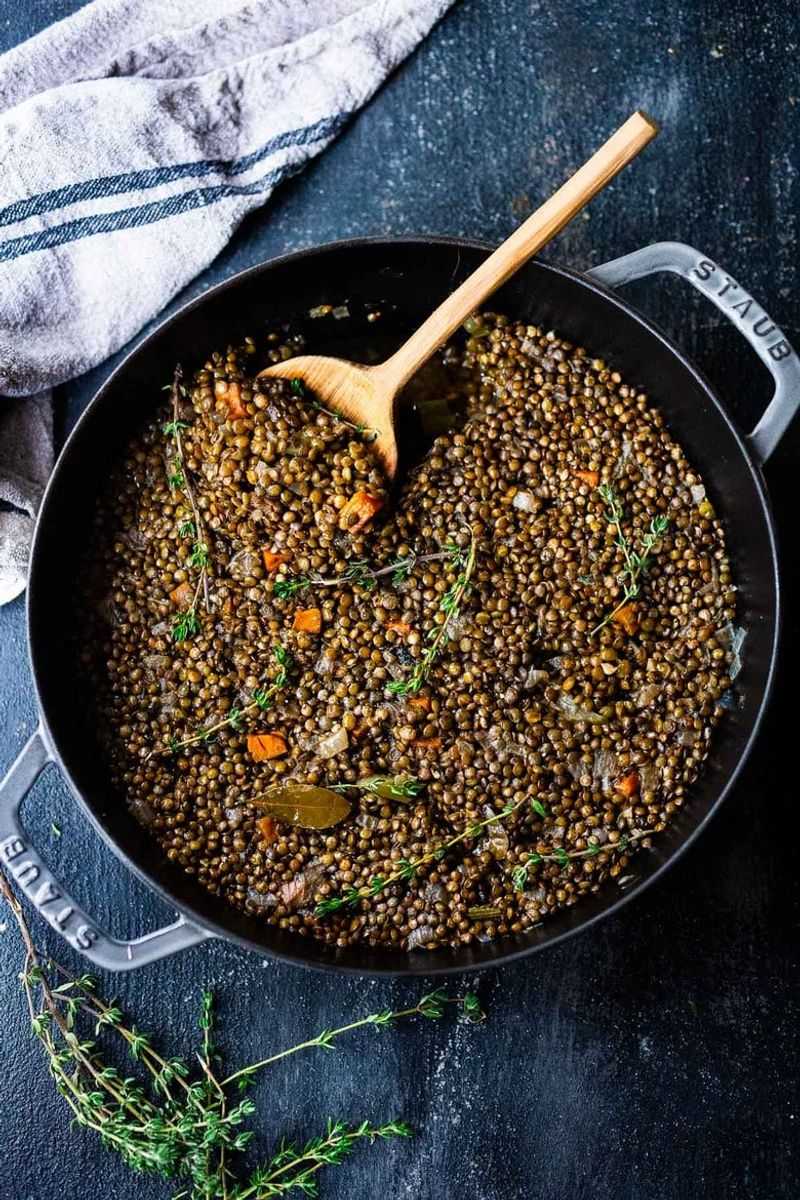
Lentils are a nutrient-dense legume that is both versatile and delicious. They’re high in protein and fiber, making them a great plant-based protein source.
Use lentils in soups, stews, or salads for a hearty meal. They’re low in calories but provide long-lasting energy, making them ideal for weight management.
Fun fact: Lentils have been cultivated for over 8,000 years and are one of the oldest domesticated crops.
25. Chickpeas
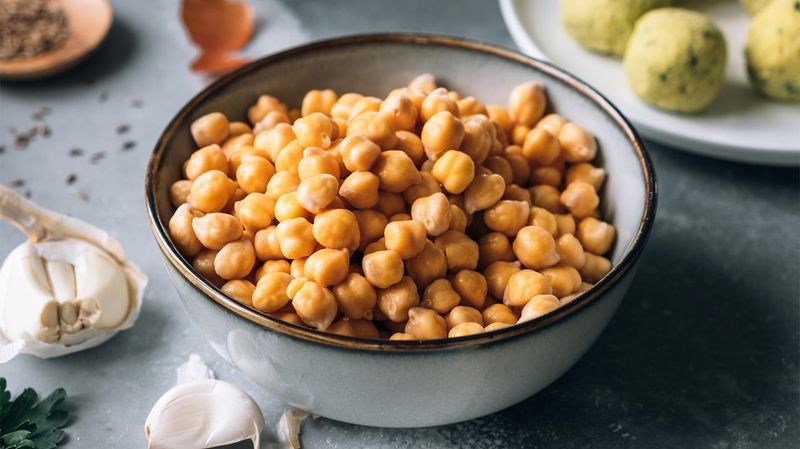
Chickpeas, also known as garbanzo beans, are a versatile legume with a nutty flavor. They’re high in protein, fiber, and essential nutrients, making them a staple in vegetarian diets.
Enjoy chickpeas roasted, in salads, or as hummus. Their creamy texture and rich flavor make them a favorite in a variety of dishes.
Did you know? Chickpeas have been grown in Middle Eastern countries for over 7,000 years and are a key ingredient in dishes like falafel.
26. Quinoa
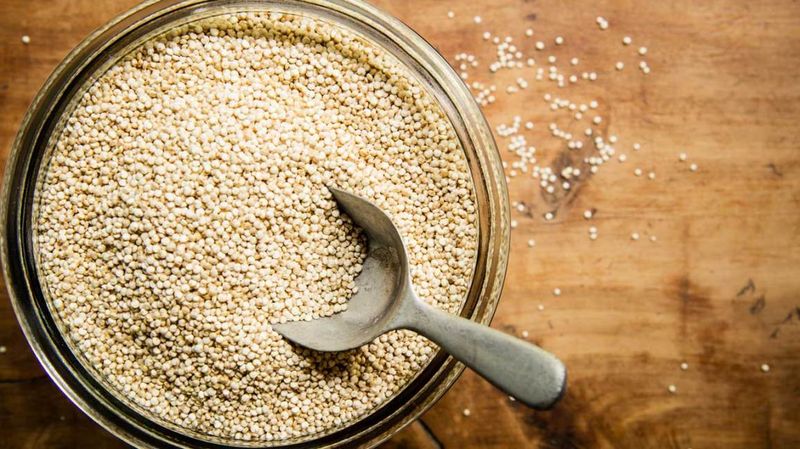
Quinoa is a complete protein, providing all nine essential amino acids. It’s low in calories but high in protein and fiber, making it a great choice for those looking to lose weight or maintain muscle mass.
Enjoy quinoa in salads, as a side dish, or as a breakfast cereal. Its nutty flavor and fluffy texture make it a versatile ingredient in many cuisines.
Fun fact: Quinoa was a staple food for the Incas, who referred to it as the “mother of all grains.”
27. Oats
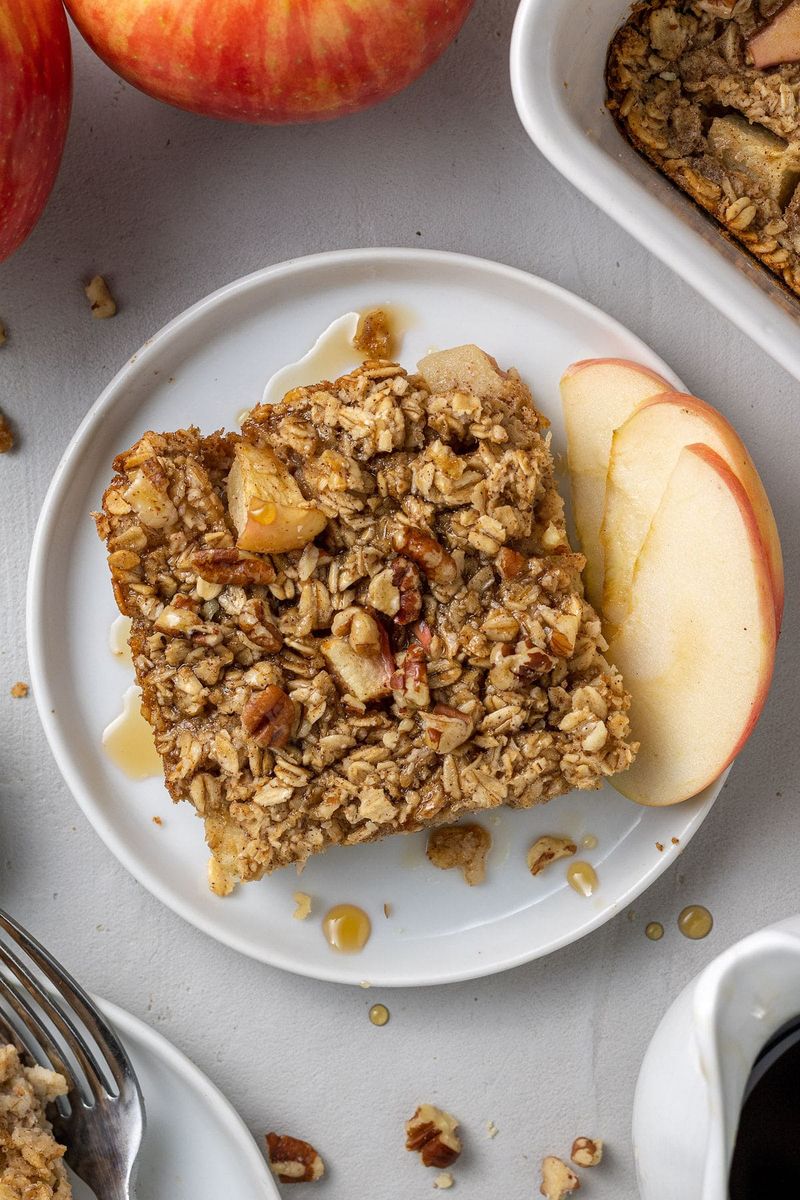
Oats are a whole grain that provides long-lasting energy and a feeling of fullness. They’re high in fiber, protein, and essential nutrients, making them a healthy breakfast choice.
Enjoy oats as oatmeal, in smoothies, or baked into goods like cookies and bars. Their mild flavor pairs well with a variety of toppings and ingredients.
Did you know? Oats have been cultivated for over 2,000 years and were once considered a weed before gaining popularity as a staple food.
28. Salmon
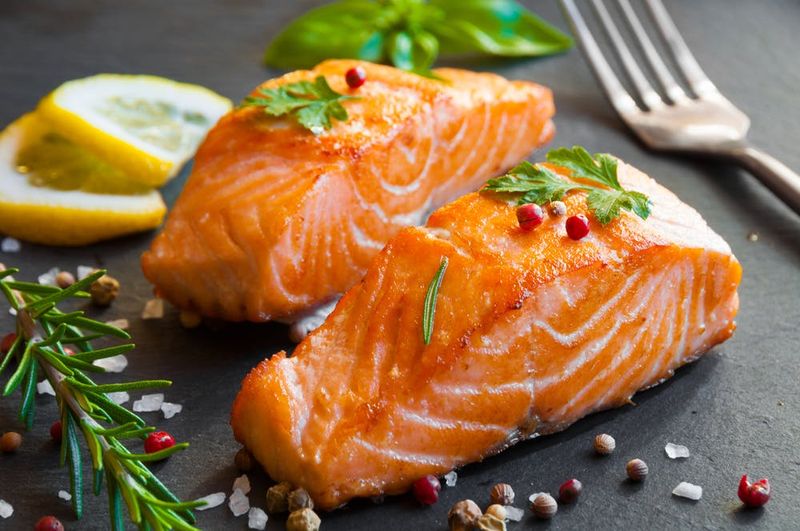
Salmon is a fatty fish rich in omega-3 fatty acids, which are essential for heart health. It’s high in protein and low in calories, making it a great choice for boosting metabolism.
Enjoy salmon grilled, baked, or smoked for a delicious and nutritious meal. Its rich flavor and tender texture make it a favorite among seafood lovers.
Did you know? Salmon are born in freshwater, migrate to the ocean, and then return to freshwater to spawn.
29. Mackerel
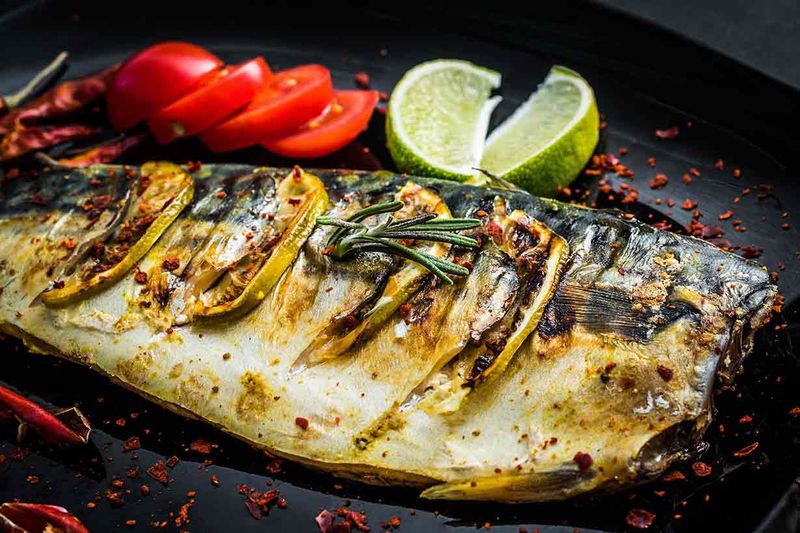
Mackerel is a flavorful fish that is rich in omega-3 fatty acids and protein. It’s low in calories and helps boost metabolism, making it a perfect addition to a healthy diet.
Enjoy mackerel grilled, smoked, or canned for a savory and satisfying meal. Its bold flavor pairs well with citrus and herbs.
Fun fact: Mackerel is one of the fastest-swimming fish and can reach speeds of up to 25 miles per hour.
30. Chili Peppers
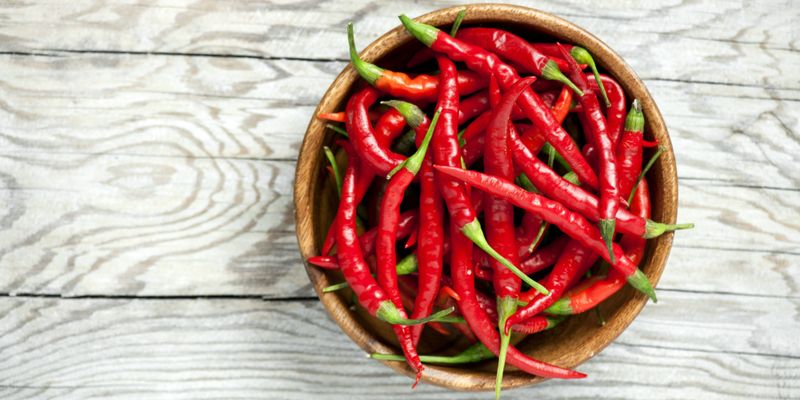
Chili peppers are not only spicy but also known to boost metabolism due to their capsaicin content. They’re low in calories and add a fiery kick to any dish.
Use chili peppers in sauces, salsas, or as a seasoning for meats and vegetables. Their heat level varies, so choose according to your spice tolerance.
Did you know? Chili peppers were first domesticated in Central and South America over 6,000 years ago.
31. Ginger
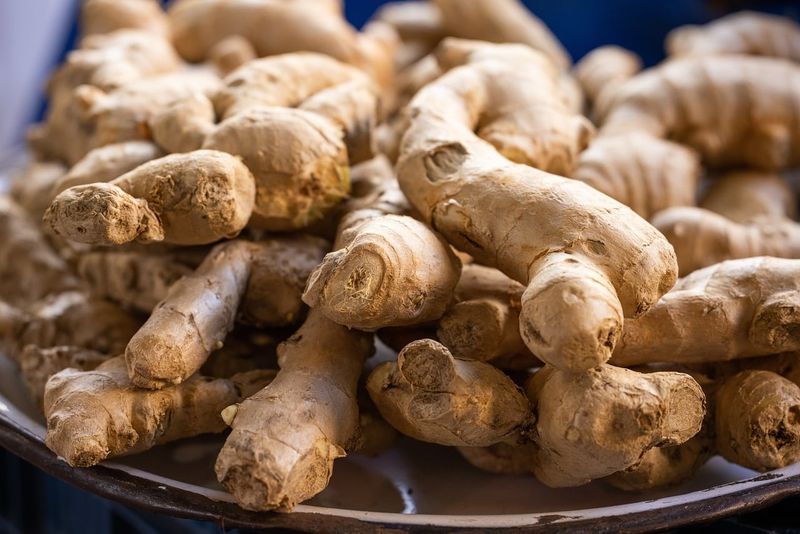
Ginger is a zesty root known for its digestive and anti-inflammatory properties. It’s low in calories and helps boost metabolism, making it a valuable addition to a healthy diet.
Use ginger fresh, dried, or in teas and smoothies for a spicy kick. Its warming flavor complements both sweet and savory dishes.
Did you know? Ginger has been used in traditional medicine for thousands of years and is a staple in Asian cuisine.
32. Green Tea
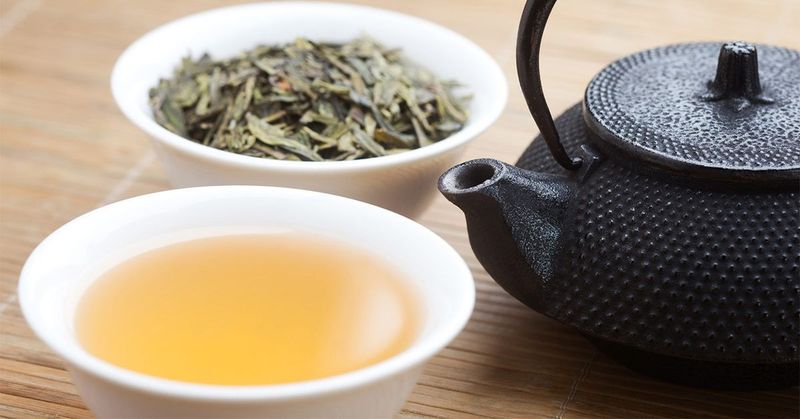
Green tea is a refreshing beverage known for its metabolism-boosting and antioxidant properties. It’s low in calories and provides a gentle energy lift without the jitters.
Enjoy green tea hot or iced, with a squeeze of lemon or a hint of honey. Its delicate flavor and health benefits make it a popular drink worldwide.
Fun fact: Green tea has been consumed in China for over 4,000 years and is often associated with longevity and wellness.
33. Cinnamon

Cinnamon is a fragrant spice known for its ability to help regulate blood sugar levels. It’s low in calories and can enhance metabolism, making it a popular addition to a healthy diet.
Sprinkle cinnamon on oatmeal, in smoothies, or in baking for a warm and spicy flavor. Its sweet aroma adds a comforting touch to many dishes.
Did you know? Cinnamon was once more valuable than gold and was used in ancient Egypt for embalming and as a medicinal herb.
34. Coffee

Coffee is a beloved beverage that can boost metabolism due to its caffeine content. It’s low in calories when consumed black and provides a quick energy boost.
Enjoy coffee hot or iced, with or without milk and sweeteners, to suit your taste. Its rich aroma and flavor make it a favorite morning ritual for many.
Did you know? Coffee originated in Ethiopia and has become one of the most popular beverages worldwide, with over 2.25 billion cups consumed daily.
35. Almonds
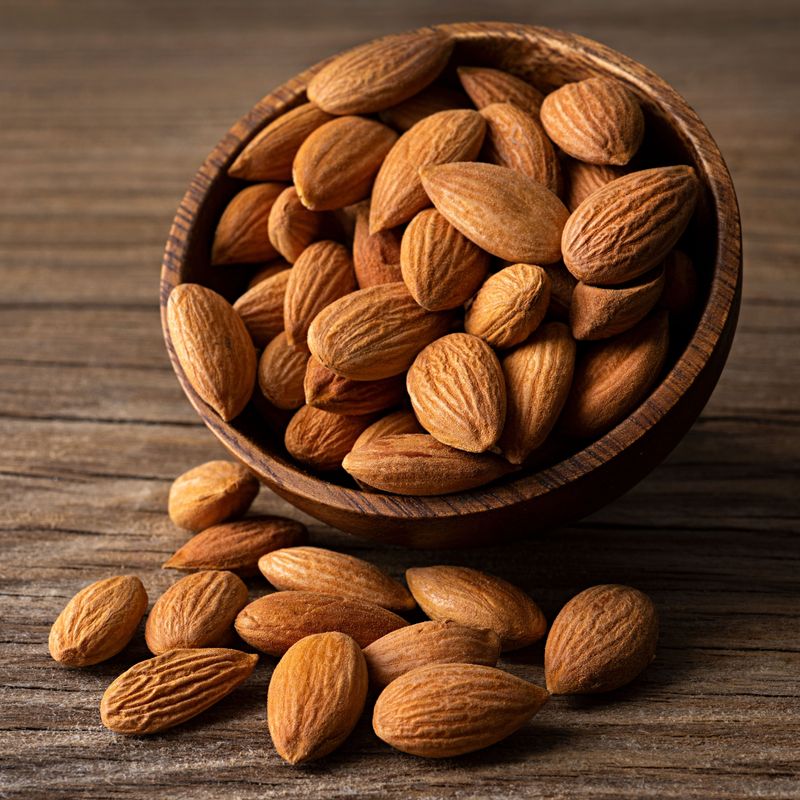
Almonds are a nutrient-dense nut that provides healthy fats, protein, and fiber. They’re low in calories and help keep you full, making them a smart choice for weight management.
Enjoy almonds as a snack, in salads, or as almond butter. Their crunchy texture and nutty flavor make them a versatile ingredient in many recipes.
Fun fact: Almonds are actually seeds, not nuts, and have been cultivated for over 4,000 years in the Mediterranean region.
Leave a comment